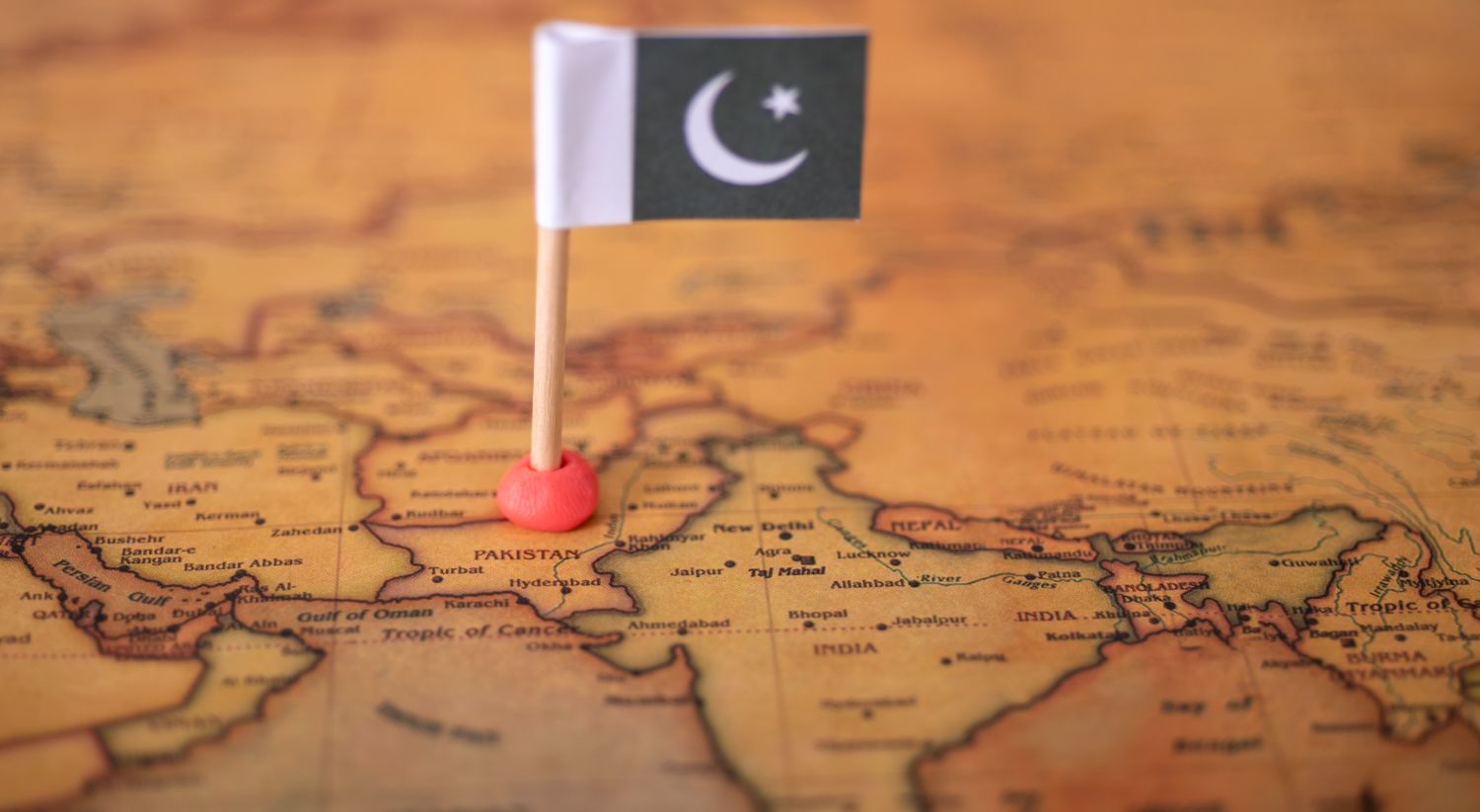
Today, we’re diving into Urdu, one of South Asia’s most fascinating languages. Spoken primarily in Pakistan and northern India, Urdu is shared by more than 230 million people worldwide. While Western learners often find similarities between Urdu and Hindi, the reality is that they also have key differences—especially in their written scripts and the rich cultural heritage that surrounds each language.
Let’s take a closer look at the history of Urdu, its unique linguistic features, and the global influence it has developed over time. Naturally, we’ll also touch on a brief comparison with Hindi, since both languages share historical roots.
In addition, we’ll explore how the Pakistani diaspora has helped spread Urdu across Europe, the Americas, other parts of Asia, and Australia. So get ready to embark on a journey into a vibrant world of sound, poetry, and culture. Discover the deeper essence of Urdu, the millennia-old language of Pakistan.
What Is Urdu and where does it come from?
Have you ever wondered which language is spoken by over 230 million people in Pakistan, and also used in parts of India and communities around the world? That language is Urdu—a tongue that stands out not only for its melodic elegance, but also for its rich linguistic history and deep cultural heritage.
Today, you’ll discover what Urdu is, how it originated, and how it has evolved over time. You’ll also learn why it holds such significance in literary, social, and political contexts.
Linguistically speaking: what kind of language is Urdu?
Urdu is an Indo-European language, part of the Indo-Iranian branch. This branch includes most of the languages spoken across South Asia and the Indian subcontinent, such as Hindi, Bengali, Pashto, and over 80 other languages and dialects.
As a core component of Pakistan’s national identity, Urdu is primarily spoken throughout the country. However, it is also widely used in northern and northwestern India, where it holds cultural and historical importance.
The origins of Urdu
To truly understand Urdu, we must go back several centuries. The language emerged in northern India during the period of Muslim rule between the 11th and 13th centuries. Its development occurred through a linguistic and cultural exchange between native Indian speakers and Persian-speaking communities, along with Turkish and Arabic influences brought by Muslim invaders.
The word Urdu itself comes from the Turkish term ordu, meaning “camp” or “army.” This reflects the language’s military origins—developed as a lingua franca among soldiers from diverse linguistic backgrounds. Urdu evolved as a bridge language, combining vocabulary from Sanskrit and Indo-Aryan tongues with Persian, Arabic, and Turkish loanwords.
The national language of Pakistan
Today, Urdu is the national language and one of the two official languages of Pakistan, alongside English. It is spoken by more than 250 million people in the country. However, it’s important to note that not all Pakistanis speak Urdu as their first language, and Urdu is not exclusive to Pakistan.
In fact, Urdu is also one of the 22 officially recognized languages in India. This reflects the shared linguistic history of both nations, especially considering they were once part of the same territory. The partition of India and Pakistan had a major impact on the development and use of the Urdu language, a legacy that continues today.
Although Hindi and Urdu share a significant amount of vocabulary and grammar, their differences are notable—particularly in terms of script and lexical influences. Urdu draws heavily from Arabic and Persian, making it more aligned with Islamic traditions, while Hindi retains more elements from Sanskrit.
A global language
It’s estimated that over 200 million people speak Urdu as their first language, and an additional 300 million use it as a second language or understand it passively. This helps explain why Urdu is spoken not only in Pakistan or India, but also across Europe, North America, the Middle East, and Australia, thanks to the Pakistani diaspora.
As you can see, not all Urdu speakers are Pakistani, and not all Pakistanis speak Urdu as a first language. This linguistic diversity is part of what makes Urdu such a dynamic and globally relevant language. In the next section, we’ll explore this in more depth—purely from a linguistic and cultural perspective, without diving into politics or nationalism.
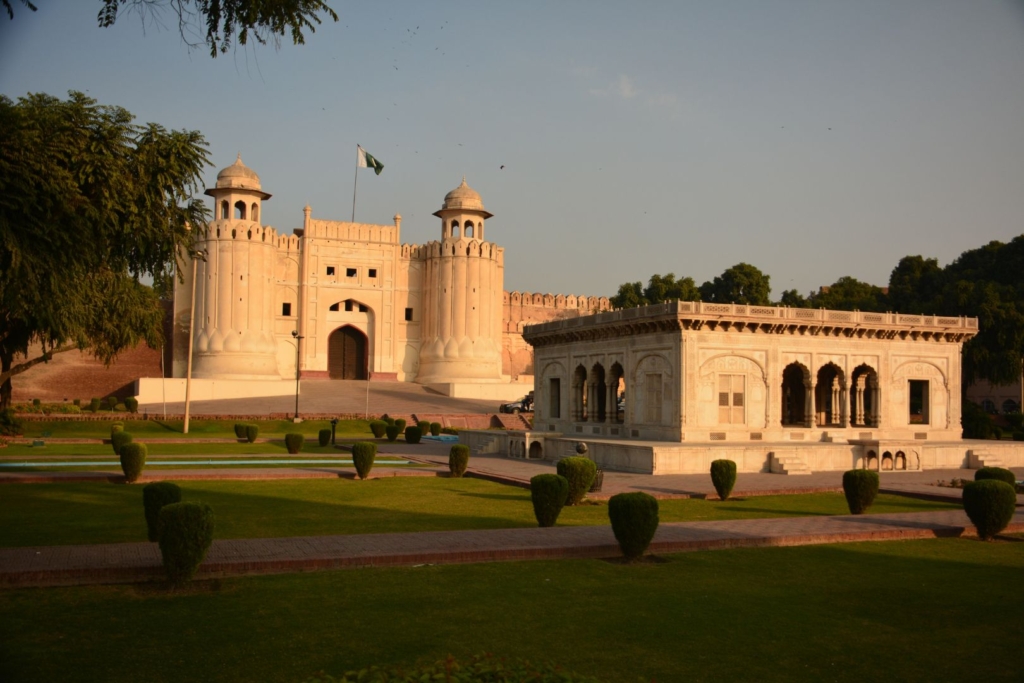
Urdu and Hindi: Are they the same language?
If you’re interested in South Asian languages, you’ve likely come across two terms that are often mentioned together: Urdu and Hindi. At first glance, they may seem almost identical—even when you hear them spoken, it might sound like they’re the same language. However, there are clear differences between the two, especially in their writing systems, as well as in their cultural and lexical origins.
Although Urdu and Hindi share a common grammatical base and much of their everyday vocabulary. They have evolved in different directions, shaped by distinct religious, political, and cultural contexts.
A shared origin
Both languages descend from Hindustani, a vernacular that emerged in northern India during the Mughal period. Hindustani was born from interaction between Indo-Aryan and Persian speakers, especially during the era of Muslim rule in the subcontinent.
However, Hindi developed within a Hindu cultural context, absorbing a large portion of its vocabulary from Sanskrit. Urdu, on the other hand, evolved in a Muslim cultural context, incorporating many words from Persian, Arabic, and Turkish.
This marks one of the most fundamental divergences between Urdu and Hindi. Over time, this separation widened into a linguistic and symbolic gulf. Let’s explore the most notable differences.
Writing systems: the first major divide
One of the most visible distinctions between Urdu and Hindi is their scripts.
- Hindi uses the Devanagari script, a syllabic system also used by other Indian languages such as Sanskrit, Marathi, and Nepali. Devanagari is written from left to right and features a distinctive horizontal line connecting the letters in each word.
- Urdu, in contrast, uses the Nastaliq script, a form of calligraphy derived from Arabic and Persian alphabets, and is written from right to left. It is known for its aesthetic and artistic flow, but it can pose challenges for beginners due to its graphic complexity.
So, even if you can pronounce words in Urdu or Hindi, reading or writing them requires learning entirely different scripts. Thankfully, image reading and translation apps—such as Talkao’s Camera Translator—can recognize and translate them instantly without needing to type them out. We’ll dive deeper into these tools later.
Vocabulary: Sanskrit vs. Persian and Arabic influence
Another key difference between Hindi and Urdu lies in word origins, especially in formal, academic, or literary settings.
- Hindi draws heavily from Sanskrit, giving it a more “native” tone within the Indian Hindu context.
- Urdu, on the other hand, integrates a significant number of Persian, Arabic, and Turkish loanwords—resulting from Islamic influence and the legacy of the Mughal Empire.
For example, the word “book”:
- In Hindi, it’s pustak (a word of Sanskrit origin).
- In Urdu, it’s kitab (of Arabic origin).
As you can see, in casual speech, the two languages share many similar terms. However, the more technical or elevated the vocabulary becomes, the greater the differences between them.
Cultural and religious context
The sociocultural settings in which these languages are used also shape their identity.
- Hindi is mainly spoken by Hindus and was promoted as the national language of India after independence.
- Urdu is the national language of Pakistan and is culturally associated with the Muslim community, both in Pakistan and among Indian Muslims.
These associations have had lasting political and symbolic consequences, especially following the Partition of British India in 1947, which resulted in the creation of two nations with distinct religious majorities.
Geographic distribution
There are also clear geographic distinctions:
- Hindi is spoken by more than 500 million people, mainly in central and southeastern India.
- Urdu is the official national language of Pakistan and is also recognized in several Indian states such as Uttar Pradesh, Bihar, and Telangana.
Additionally, Urdu is spoken by diaspora communities in the UK, USA, Canada, and the Gulf states, where it maintains a strong cultural presence. It’s also spoken by Pakistani communities in Australia, South Africa, and across Asia.
Literature and artistic expression
Both languages boast rich literary traditions, though with different stylistic focuses:
- Hindi excels in modern storytelling, devotional poetry, and theatre. It’s also the language of Bollywood, India’s globally renowned film industry based in Mumbai.
- Urdu is the language of ghazals (lyrical poetry) and is prominent in traditional Pakistani music, including qawwali.
- Interestingly, cinema has helped bridge these linguistic traditions. Many Bollywood films feature both Urdu and Hindi dialogue—sometimes within the same script.
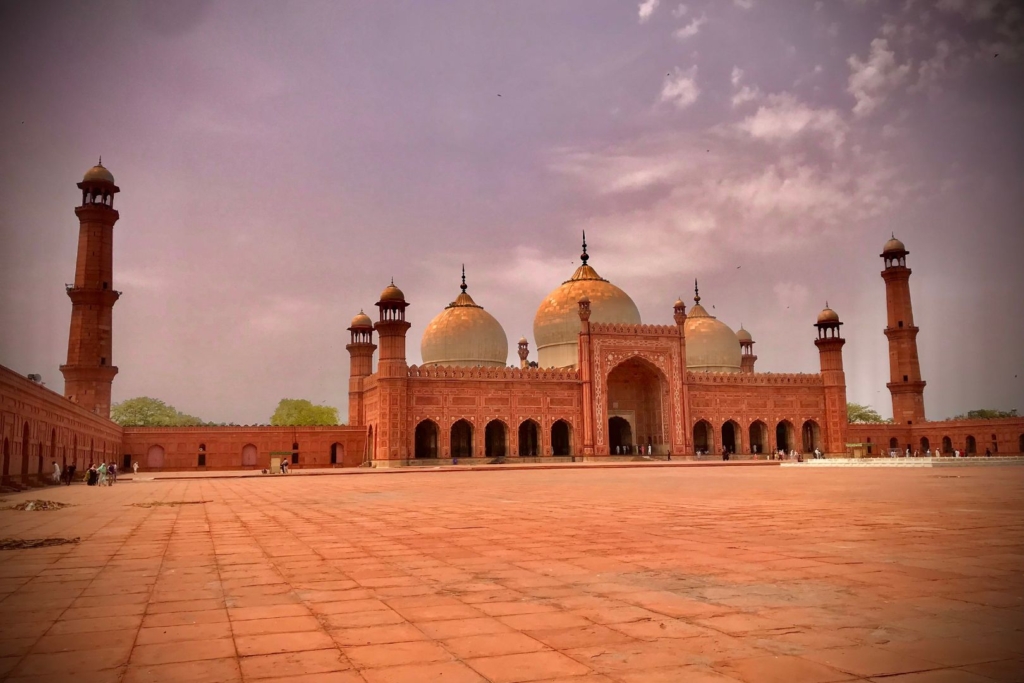
Why learn Urdu? A prestigious and widely spoken language
Throughout this journey, we’ve discovered that Urdu is much more than just a language for daily communication. It is also a symbol of cultural identity, a tool for artistic expression, and a mark of intellectual prestige. In South Asia, it has long been regarded as the language of refined poetry, particularly the celebrated ghazals. Urdu is also the language of traditional music, classic cinema, and even Pakistani diplomacy.
When you learn Urdu, you’re not just gaining access to a language—you’re stepping into a rich literary civilization. A world where legendary figures like Mirza Ghalib and Faiz Ahmed Faiz have left an enduring legacy.
Urdu: A strategic language for global business and culture
Learning the language of Pakistan also brings several valuable advantages. Urdu is becoming increasingly relevant in international trade and business circles. Let’s not forget that Pakistan is a market of over 250 million people, with a rapidly growing digital economy.
On top of that, there are more than 70 million Pakistanis and people of Pakistani descent living across the globe. This large and active diaspora makes Urdu a strategic asset for global communication, cultural understanding, and professional networking.
So, what’s the best way to learn Urdu quickly and effectively?
How to learn Urdu fast and effectively?
Nowadays, Urdu language courses are widely available around the world. Many international language schools offer it as part of their regular programs. In major cities across Europe and Asia, you’ll also find large Pakistani communities with cultural centers offering in-person classes—often taught by native speakers.
What’s more, many online platforms and language learning apps include Urdu among their supported languages. Even without spending a cent, you can find excellent free tutorials on streaming platforms.
But if you want to practice your skills efficiently and make faster progress, here are some powerful tech tools to support your journey:
Talkao Translate
With Talkao Translate, you can practice Urdu pronunciation and even hold full conversations with native speakers—right from your smartphone. There’s no need for complicated software or expensive equipment. Thanks to Talkao’s real-time translation feature, you’ll have your own Urdu interpreter in your pocket—anytime, anywhere.
Translate texts and documents
Would you like to read iconic Pakistani poetry? With Talkao’s AI-powered text translator, you can do it in seconds. Effortlessly translate Urdu, Hindi, Bengali, and more than 125 languages with accuracy and ease. You won’t even need to type the text—just use Talkao’s camera translator to translate directly from books, images, or handwritten notes.
Translate videos instantly
Talkao’s streaming translator lets you translate any video format—including podcasts, live classes, films, and more. It works in real time, with no technical knowledge required, and is incredibly intuitive.
Learning Urdu opens the door to a vibrant world of culture, communication, and connection. And with today’s digital tools, mastering this beautiful language is more accessible than ever.
Up next: we’ll share some of the most common Urdu phrases and expressions every beginner should know.
Common expressions in Urdu
Basic manners and greetings
| Greetings in Urdu | |
|---|---|
| Expression | Urdu |
| Hello | سلام (As-salaam alaikum) |
| Good morning | صبح بخیر (Subah bakhair) |
| Good afternoon | شام بخیر (Shaam bakhair) |
| Farewells | |
| Bye | خدا حافظ (Khuda hafiz) |
| See you soon | پھر ملیں گے (Phir milenge) |
| Good night | شب بخیر (Shab bakhair) |
Dates and numbers
| Numbers in Urdu | |
|---|---|
| Number | Urdu |
| 1 | ایک (Aik) |
| 2 | دو (Do) |
| 3 | تین (Teen) |
| 4 | چار (Chaar) |
| 5 | پانچ (Paanch) |
| 6 | چھ (Chay) |
| 7 | سات (Saat) |
| 8 | آٹھ (Aath) |
| 9 | نو (Nau) |
| 10 | دس (Das) |
| Months in Urdu | |
|---|---|
| Month | Urdu |
| January | جنوری (Janwari) |
| February | فروری (Febwari) |
| March | مارچ (Maarach) |
| April | اپریل (April) |
| May | مئی (May) |
| June | جون (June) |
| July | جولائی (July) |
| August | اگست (Agast) |
| September | ستمبر (Sitambar) |
| October | اکتوبر (Uktubar) |
| November | نومبر (November) |
| December | دسمبر (December) |
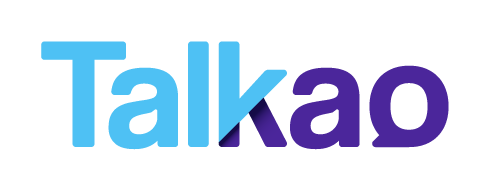



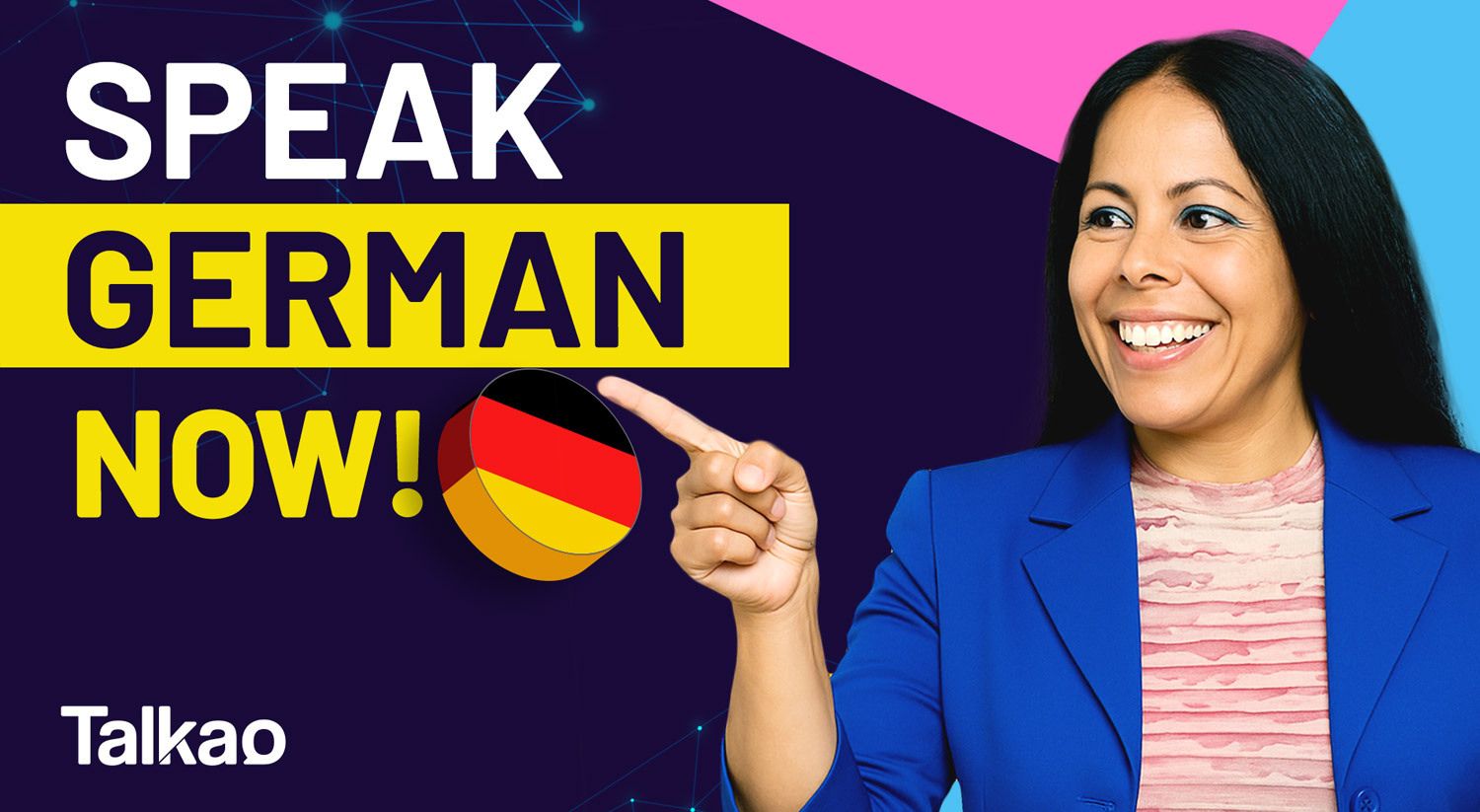
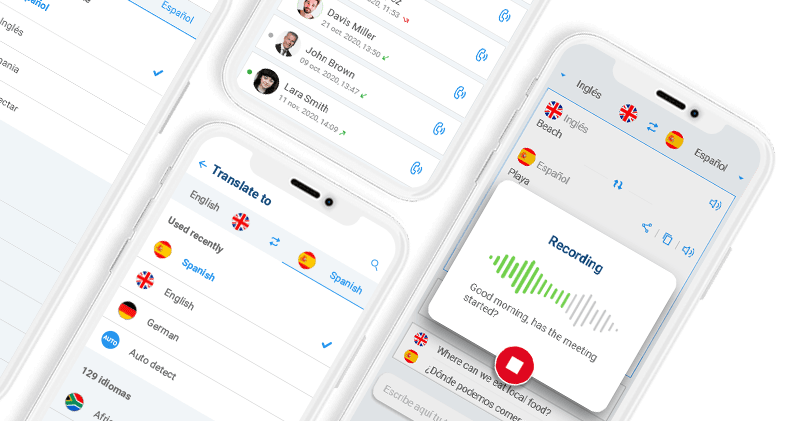



Newsletter